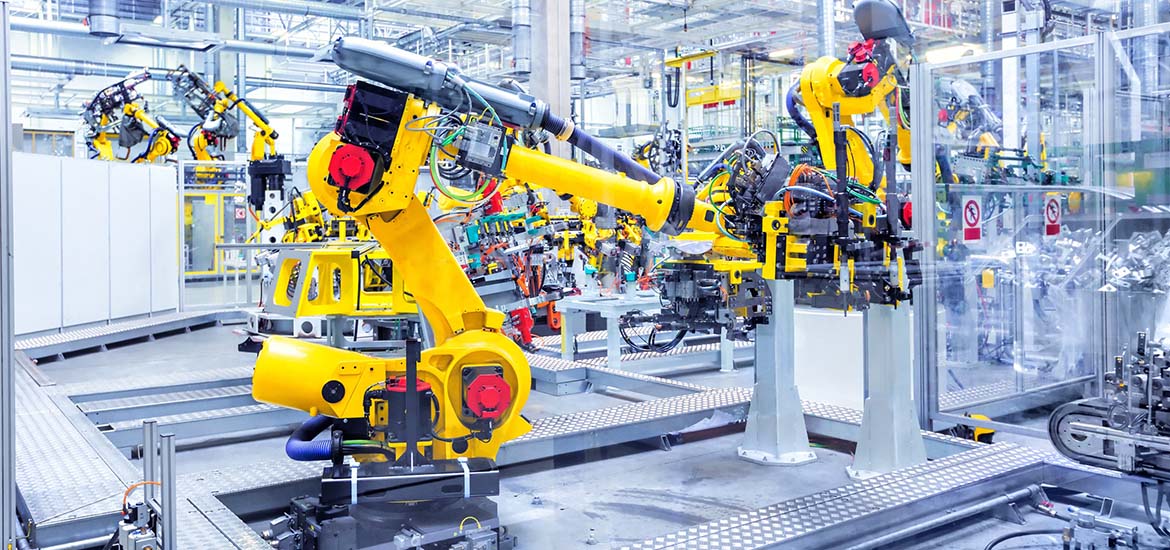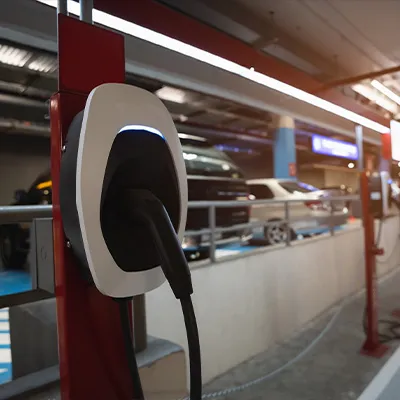James Lambert is director of economic consulting for Asia at Oxford Economics in Singapore.
Manufacturing industries across the world are facing a trifecta of extreme challenges in the wake of economic and geopolitical turbulence: soaring inflation, shortages of labor and supply chain delays.
Yet in the face of these hurdles, Singapore’s manufacturing sector is going from strength to strength. The country is one of the few in modern history to have succeeded in reversing the decline in the manufacturing sector’s share of gross domestic product.
The secret of Singapore’s success can be found in one word: robots.
The country’s move toward automation has not been a short-term fix. Rather, it is the result of the little city-state embarking on a long-term plan that led to the creation of the perfect environment for high-tech manufacturing.
Singapore has taken a number of farsighted steps to establish itself as the host of the second-most robot-intensive manufacturing sector in the world, behind only South Korea. This has included cultivating world-class talent assiduously over the decades with initiatives such as sponsored research partnerships with well-funded local universities and subsidized worker training.
It has ensured its attractiveness to multinational investors by running an open economy allowing foreign direct investment and intermediate goods to flow in and exports to flow out, seamlessly and cheaply to a vast Asian market. It is also recognized as a regional haven of intellectual property protection.
In addition, the government has heavily incentivized global manufacturing and engineering companies to build advanced production facilities on the island and offers grants to local companies that work with them, leading to knowledge acquisition and access to cutting-edge technologies.
This means that when leading global manufacturers are looking to develop new facilities, there are a lot of reasons for putting them in Singapore.
Robotic automation, though, presents a dilemma. While the use of robotics increases productivity and boosts output in the manufacturing sector, it can displace workers from traditional factory jobs and exacerbate income inequalities.







